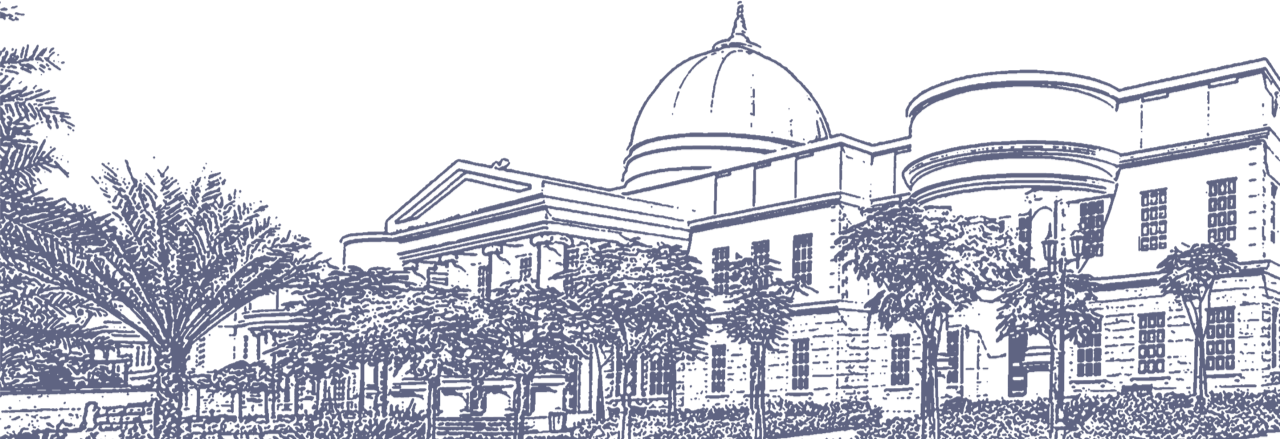Britannica Image Quest is an online file of more than two million rights-cleared images from some 40 image collections. Complete metadata, which includes the source, copyright holder, caption, and keywords, is provided for every image.
Britannica Image Quest is an online file of more than two million rights-cleared images from some 40 image collections. Complete metadata, which includes the source, copyright holder, caption, and keywords, is provided for every image.
The Artstor Digital Library is an image database featuring an unparalleled range of images from some of the world's leading museums, photo archives, scholars, and artists in one easily-navigated repository. All images are accompanied by comprehensive metadata and are rights-cleared for educational use.
The Artstor Digital Library is an image database featuring an unparalleled range of images from some of the world's leading museums, photo archives, scholars, and artists in one easily-navigated repository. All images are accompanied by comprehensive metadata and are rights-cleared for educational use.
The database contains a selection of films and documentaries that have been specifically requested by faculty members.
The database contains a selection of films and documentaries that have been specifically requested by faculty members.

The American University in Dubai is a private, academically and culturally inclusive institution of higher learning, providing a globally recognized American education.
AUD Library
Sheikh Zayed Road
PO Box 28282, Dubai
United Arab Emirates
Call
+971 4 318 3183
+971 4 318 3182
Email
library@aud.edu

